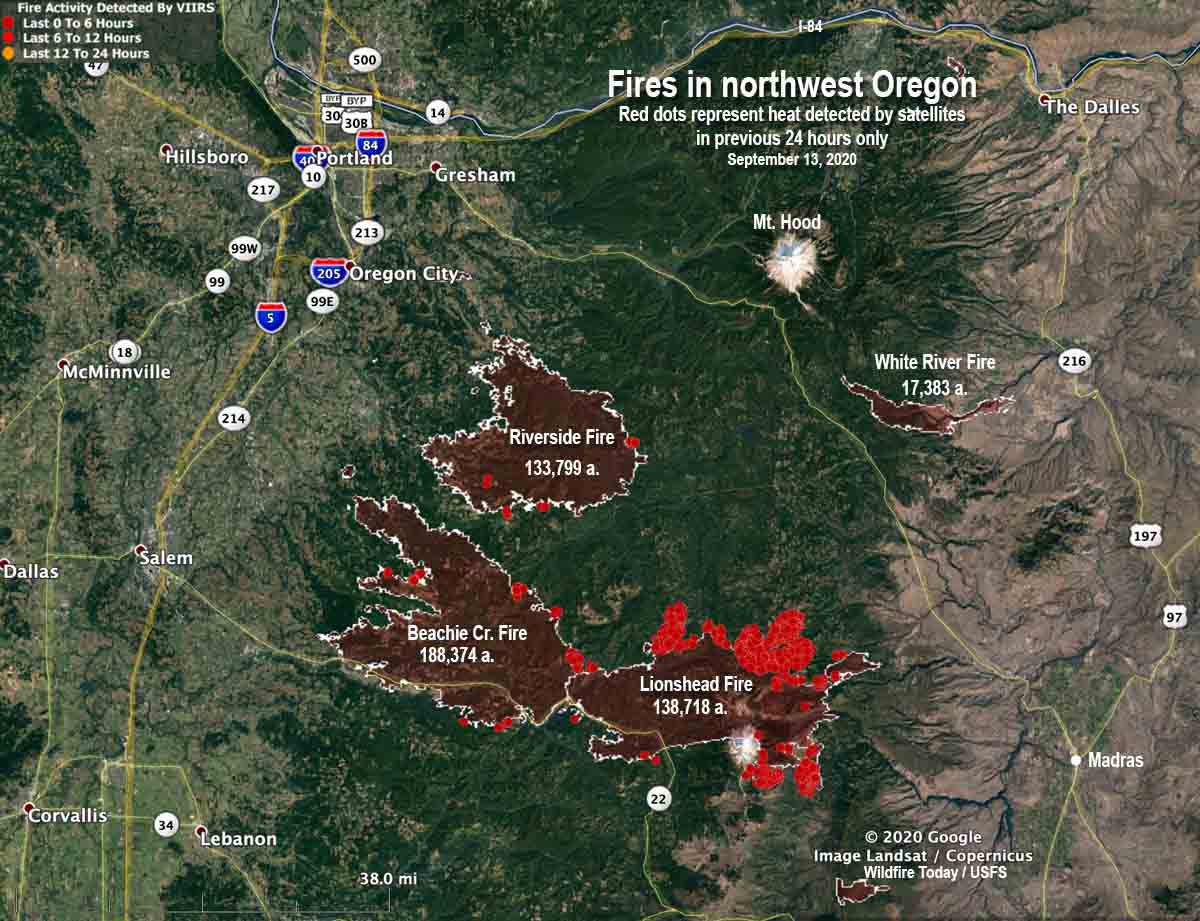
distancing on the 2020 Williams Fork Fire in Colorado. Photo by Kari Greer.
The U.S. Forest Service has confirmed that 643 FS wildland fire personnel have tested positive for coronavirus as of January 19, 2021, according to spokesperson Stanton Florea.
Of those, 569 have recovered, Mr. Florea said, but 74 have not yet fully recovered or returned to work as of January 19. There have been no reported fatalities in the FS tied to coronavirus, he said.
I asked Mr. Florea how many have been hospitalized and he would not provide a number, saying, “We do not have complete data on the number of personnel hospitalized as some employees have sought medical treatment on their own, not related to work/fire assignments.”
I attempted to obtain similar information from the Department of the Interior, but after several days of delays, receiving no data, and the request being elevated to higher levels, spokesperson Richard Parker wrote in an email, “We respectfully decline to comment further on this topic at this time.” I asked Mr. Parker why the DOI would not release the information, but have not received a reply.
Four land management agencies in the DOI employ fire personnel — Bureau of Land Management, Bureau of Indian Affairs, Fish & Wildlife Service, and National Park Service.
NBC News reported August 29 that one BLM employee in Alaska died August 13 shortly after testing positive while on the job. Another was in critical condition at that time.
The number of fire personnel that had tested positive at that time according to NBC included:
- U.S. Forest Service: 122
- Bureau of Indian Affairs: 54
- Bureau of Land Management: 45
- Fish and Wildlife Service: 1
- National Park Service: (would not disclose the number to NBC News)
When we checked September 2 with the National Park Service about the total number of positive cases, Christina Boehle, Branch Chief for Communication and Education, would only say, “The agency has no active cases among our firefighters at this time.”
In spite of the information vacuum, we reported September 2 that at least two firefighters on Colorado’s Cameron Peak Fire had been hospitalized suffering from coronavirus symptoms. One of them spent five weeks on a ventilator.
On November 5 Mr. Florea said the total number of FS fire personnel that had tested positive for coronavirus had risen to 219. On that date 141 employees of the California Department of Forestry and Fire Protection had tested positive, said Alisha Herring, Education, Outreach, and Engagement Officer for the agency. We also learned then that more than half a dozen members on one of the national teams managing wildland fires had also tested positive.






